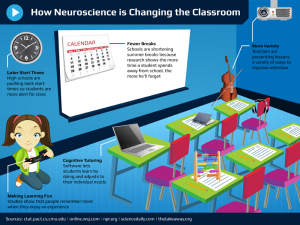This is a basic review of working with fractions using lessons and practice sets from the Khan Academy.
1. Adding Fractions with a Common Denominator
The first topic — adding fractions –ought to be really easy for algebra students, but it allows them to become familiar with the Khan Academy website and doing the practice sets.
Now do the Practice Set.
OPTIONAL: Subtracting fractions with a common denominator works the same way. Students may do this practice set if they find it useful.
2. Adding Fractions with a Different Denominator
This is usually a helpful review.
The practice set.
3. Multiplying and Dividing Fractions
A good review that helps build up to working with radical numbers.
Multiplying fractions:
Do the multiplying fractions practice set.
Dividing Fractions:
Dividing fractions practice set.
4. Converting Fractions to Decimals
The last review is on how to convert fractions to decimals.
Now try the practice set for ordering numbers.
